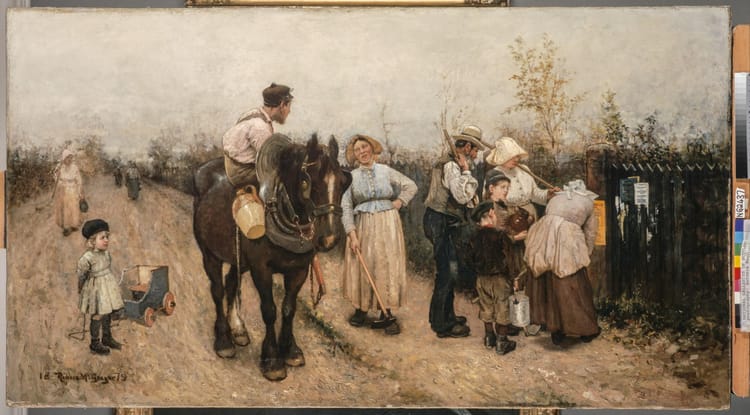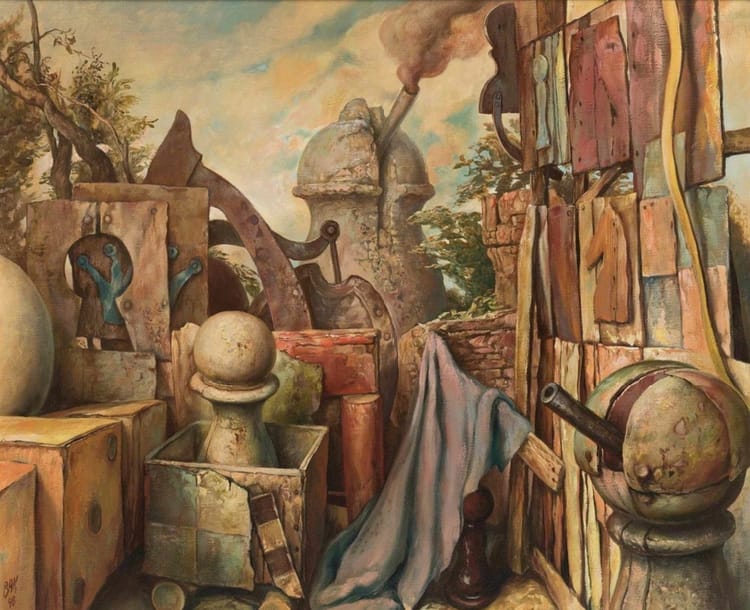Smart People Keep Making the Same Stupid Mistakes

You address the quality problem by adding more quality checks. A year later, you're drowning in bureaucracy and quality is still terrible.
This is what happens when you treat symptoms instead of systems. When you focus on individual broken pieces instead of understanding how all the pieces connect.
Most of us learned to think in straight lines. Problem leads to solution. Cause leads to effect. Action leads to result.
But the real world doesn't work in straight lines. It works in circles, loops, and webs where everything affects everything else in ways you don't expect.
Everything is connected to everything else. The question isn't whether there are connections - it's whether you can see them.
Six Ways to See the Whole Picture
Everything talks to everything else. Fix one piece without understanding the connections and you're just moving the problem around.
When pieces combine, magic happens. The combination creates something none of the parts could produce alone.
The whole becomes bigger than the sum. Something entirely new emerges that wasn't there before.
Everything feeds back into everything. One bad experience creates a spiral that's hard to break.
Every action has consequences. And those consequences have consequences. And those consequences have consequences. The decision to skip that meeting doesn't just affect today's productivity. It affects trust, which affects communication, which affects future decisions, which affects long-term results.
Drawing the connections makes them visible. You can't manage what you can't see. Mapping out how things actually connect - not how they're supposed to connect - reveals the hidden levers that actually control outcomes.
When It Clicks
Once you start seeing systems, you can't stop.
You understand why the "simple" software update broke five other things you thought weren't connected.
Most importantly, you stop trying to fix individual problems and start asking different questions.
The Questions That Change Everything
Instead of "How do we fix this broken thing?" ask "What system is producing this broken thing?"
Instead of "Who's to blame for this failure?" ask "What conditions made this failure likely?"
Instead of "How do we prevent this from happening again?" ask "How do we change the system so this type of problem becomes impossible?"
These questions hurt your brain at first.
They're harder to answer than pointing at individual problems.
But they lead to solutions that stick.
What Changes When You Think This Way
You stop putting band-aids on bullet wounds.
You start looking for the invisible forces that create visible problems.
You realize that change requires changing the system, not just the symptoms.
You understand why quick fixes usually, make things worse in the long run.
You see opportunities hiding in plain sight - connections that others miss because they're too focused on individual pieces.
Most importantly, you develop patience.
Systems thinking reveals something most people don't want to admit. the problems we complain about are usually problems we're participating in creating.
The communication problem isn't just about other people being bad communicators(even thought that can easily be the case) . It's about systems that don't reward good communication.
The quality problem is about systems that prioritize speed over quality.
The innovation problem is systems that punish risk-taking and reward playing it safe.
This is uncomfortable because it means you can't just blame other people for everything that's wrong.
But it's also liberating because it means you have more power to change things than you realized.
Where to Start
Pick one problem that keeps coming back no matter how many times you "fix" it.
Instead of asking "How do we fix this?" ask "What's causing this to keep happening?"
Trace the connections. What feeds into this problem? What does this problem feed into? What happens when you change one piece?
Don't try to fix everything at once. Find the leverage points - the small changes that create big effects throughout the system.
Most importantly, pay attention to the feedback.
What happens when you make a change? How does the system respond? What adjusts? What resists?
The Real Skill
Systems thinking isn't about learning complicated frameworks or drawing fancy diagrams. It's developing peripheral vision for problems.
It's seeing the forest and the trees and the soil and the weather patterns that shape them all.
It's understanding that durable solutions require changing the game, not just playing it better.
And it's about recognizing that in a world of interconnected everything, the biggest competitive advantage goes to people who understand how the connections actually work.
Because while everyone else is playing whack-a-mole with individual problems, you'll be designing systems that solve themselves.





